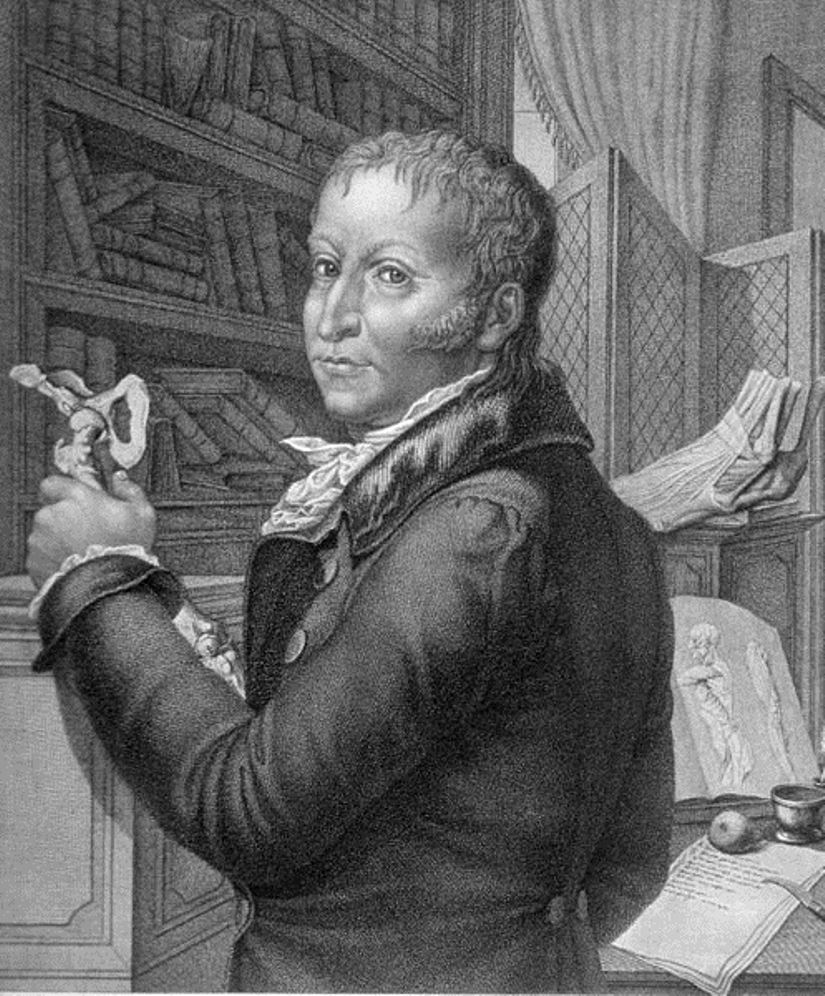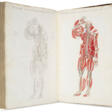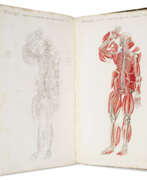Paolo Mascagni (1755 - 1815)

Paolo Mascagni
Paolo Mascagni was an Italian physician and anatomist.
He graduated from the University of Siena in philosophy and medicine, becoming a professor of anatomy there and focusing on the human lymphatic system. Mascagni outlined his discoveries in a book with detailed illustrations of each part of the lymphatic system he identified. In studying the lymphatic system, Mascagni refined the technique: he injected mercury as a contrast agent into the peripheral lymphatic networks of a human cadaver and, by tracing the movement of mercury into other parts of the system, was able to create detailed diagrams and models. By studying physiology and pathology, he was able to emphasize the importance of the lymphatic system in combating diseases of the human body, which helped to develop new treatments.
Mascagni helped to enrich the collection of wax anatomical figures in the Florence Museum, and commissioned the sculptor Clemente Susini to make a full-scale model of the lymphatic system in wax, which can still be seen in the Museum of Human Anatomy at the University of Bologna. Mascagni created the Anatomia universale ("General Anatomy"), a huge unbound book of 44 copper sheets with anatomical illustrations. The scientist pursued the task of collecting in one book the entire body of knowledge about the anatomy of the human body. Each plate is made in such a way that drawings relating to one plane of dissection can be placed together and show the whole body in life-size.
In addition to anatomy and medicine, Mascagni was interested in mineralogy, botany, chemistry, and agriculture.
| Date and place of birt: | 25 january 1755, Pomarance, Italy |
|---|---|
| Date and place of death: | 19 october 1815, Chiusdino, Italy |
| Period of activity: | XVIII, XIX century |
| Specialization: | Anatomist, Doctor, Educator |

